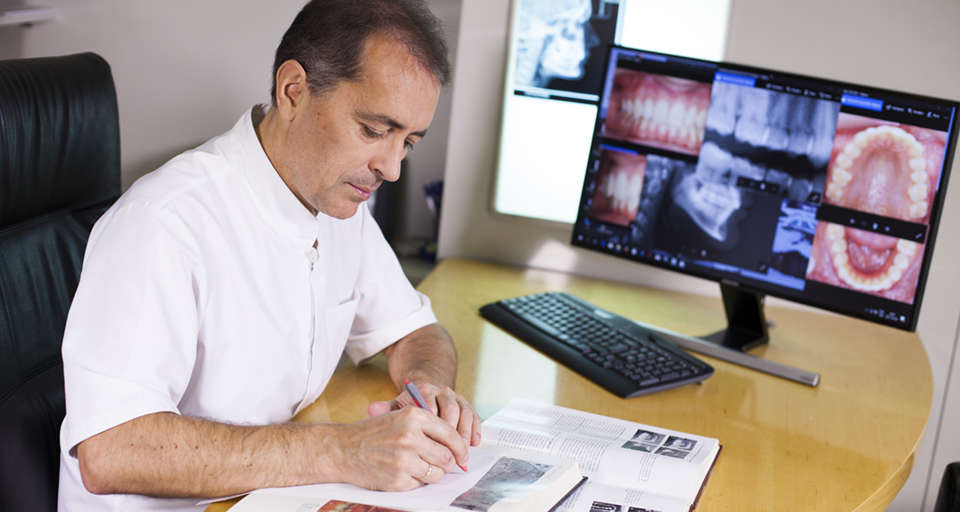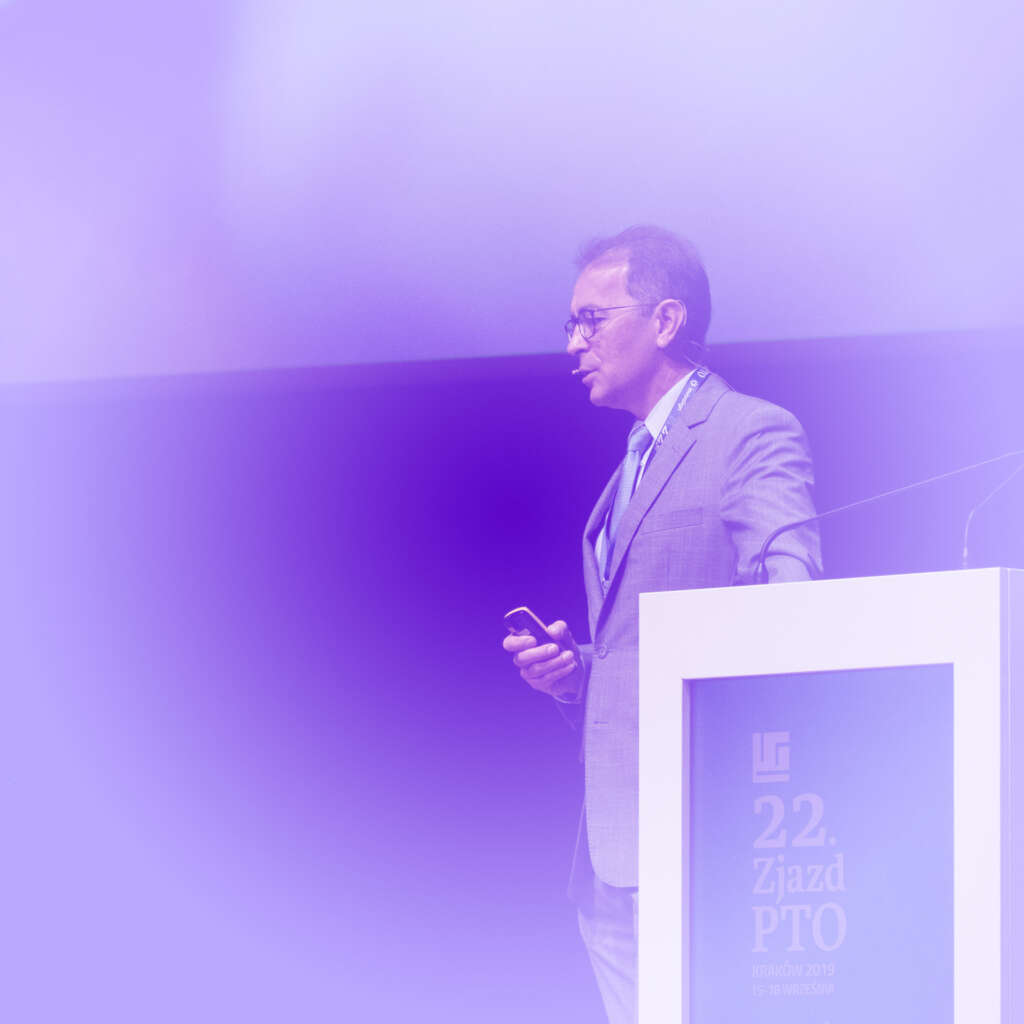Eur J Orthod. 2018 Jul 27;40(4):444-450. doi: 10.1093/ejo/cjx083.
Mijuskovic M(1), Gebistorf MC(1), Pandis N(1)(2), Renkema AM(3), Fudalej PS(1)(4).
Author information:
(1) Department of Orthodontics and Dentofacial Orthopedics,University of Berne, Switzerland.
(2) Private Practice, Corfu, Greece.
(3) Department of Orthodontics and Craniofacial Biology, Radboud Universitiy, Nijmegen, Netherlands.
(4) Department of Orthodontics, Institute of Dentistry and Oral Sciences, Faculty of Medicine and Dentistry, Palacky University Olomouc, Czech Republic.
AIM:
To assess the association between tooth wear (TW) and gingival recession (GR).
MATERIALS AND METHODS:
Two hundred and ten orthodontically treated participants (100 males) were evaluated. GR and TW were rated independently by four raters on plaster models at four time points: before treatment (T1), mean age 13.8 years (SD = 3.7); after treatment (T2), mean age 16.7 years (SD = 3.9); 3 years after treatment (T3), mean age 19.7 years (SD = 4.2); and 7 years after treatment (T4), mean age 23.9 years (SD = 4.8). Univariable and mulitvariable random effects logistic regression analyses were performed with scores for GR as dependent variables and with TW, age, gender, dental segments (maxillary and mandibular anterior and posterior segments), time points, and Angle classification as independent variables. Method reliability was assessed with kappa statistics.
RESULTS:
Mandibular incisors, mandibular and maxillary first premolars and maxillary first molars were most vulnerable to GR. The prevalence of GR increased during the observation period. At T1 20.5% participants had one or more recession sites, at T4 85.7 % of the participants had at least one GR. There was evidence of association between moderate/severe TW and GR-for a tooth with moderate/severe wear, the odds of recession were 23% higher compared to a tooth with no/mild wear (odds ratio 1.23; 95% CI: 1.08-1.40; P = 0.002). Age, dental segment, and time were also significant recession predictors, whereas gender was not.
CONCLUSIONS:
There is evidence that moderate/severe TW is associated with the presence of gingival recession. Clinical significance of this can be limited.
DOI: 10.1093/ejo/cjx083
PMID: 29145570 [Indexed for MEDLINE]




